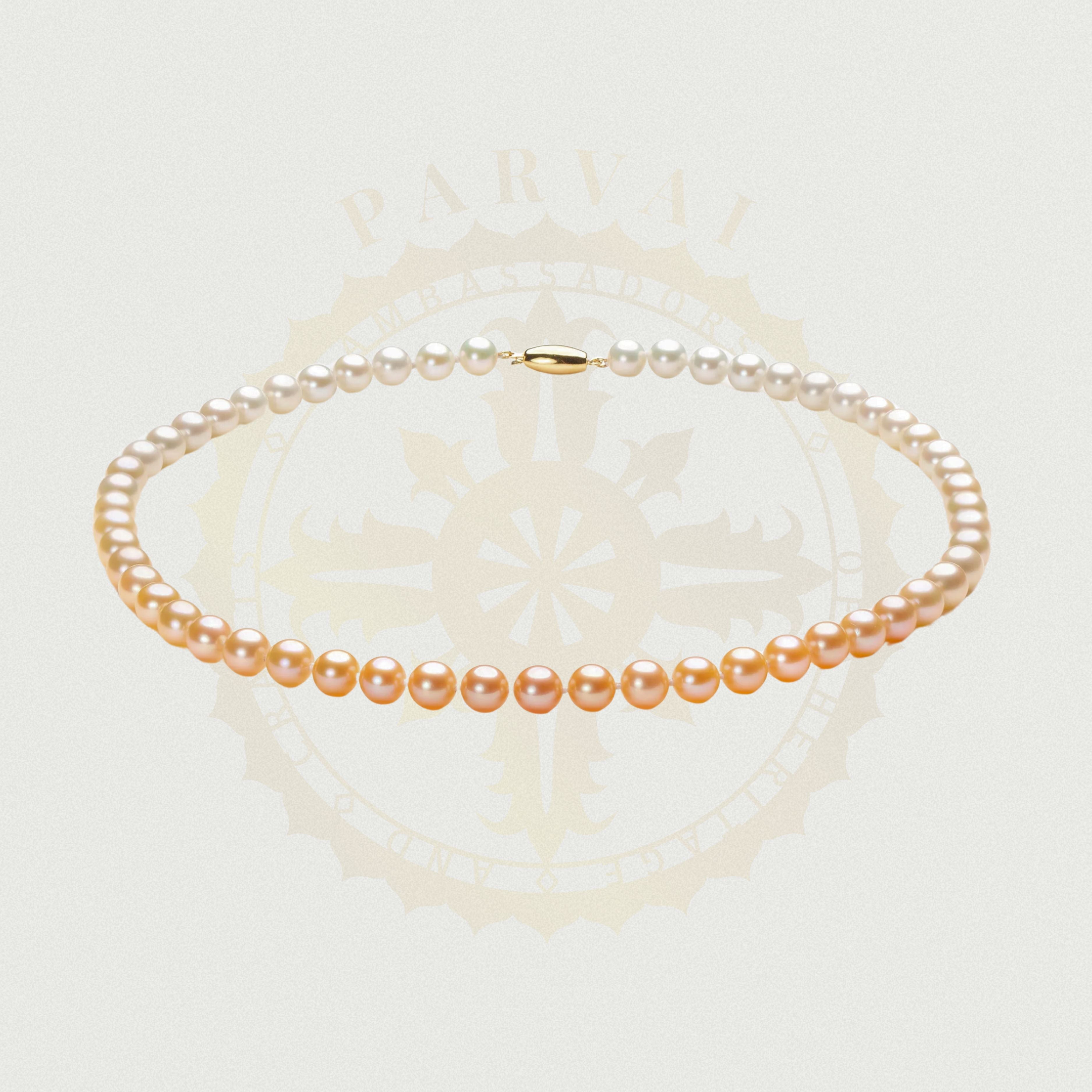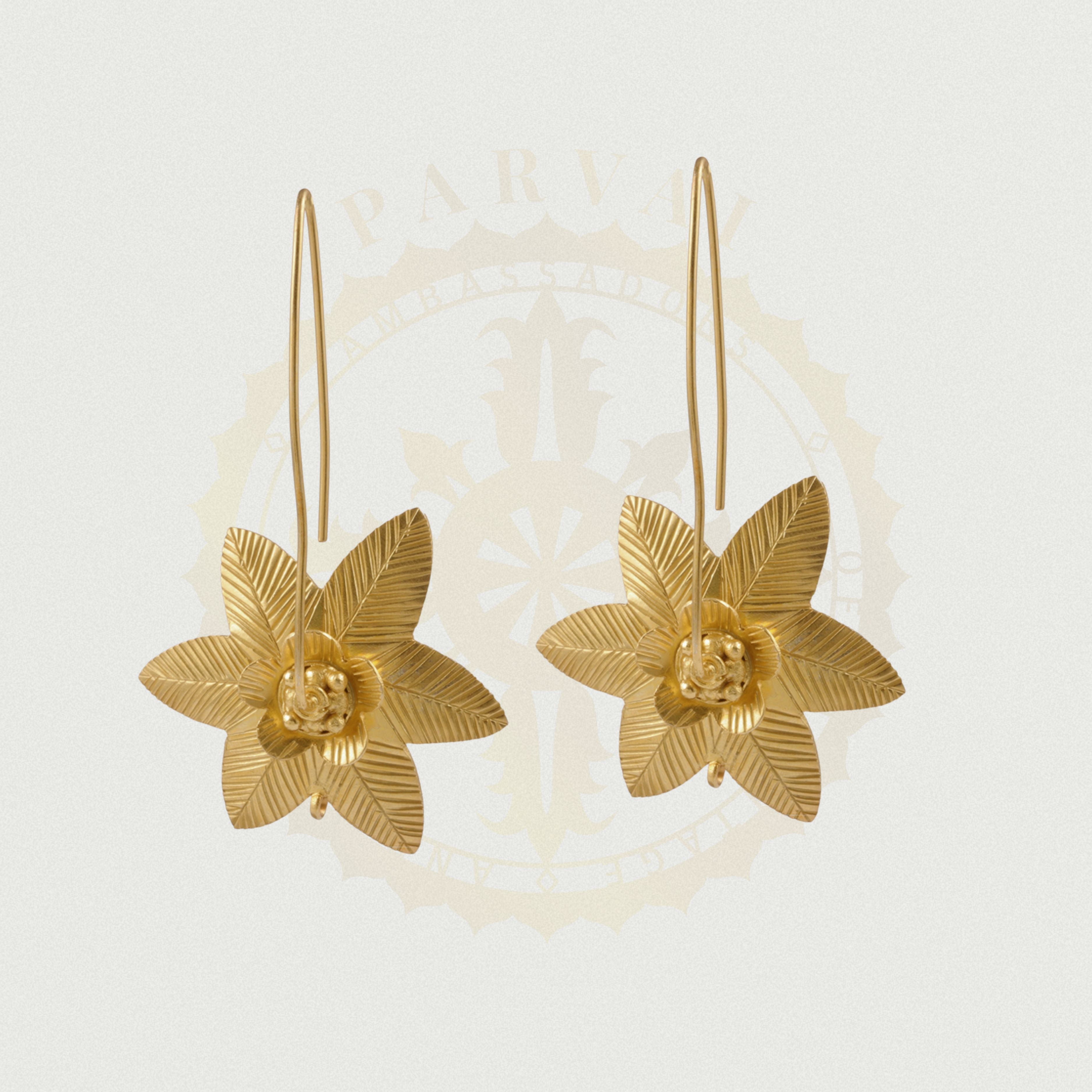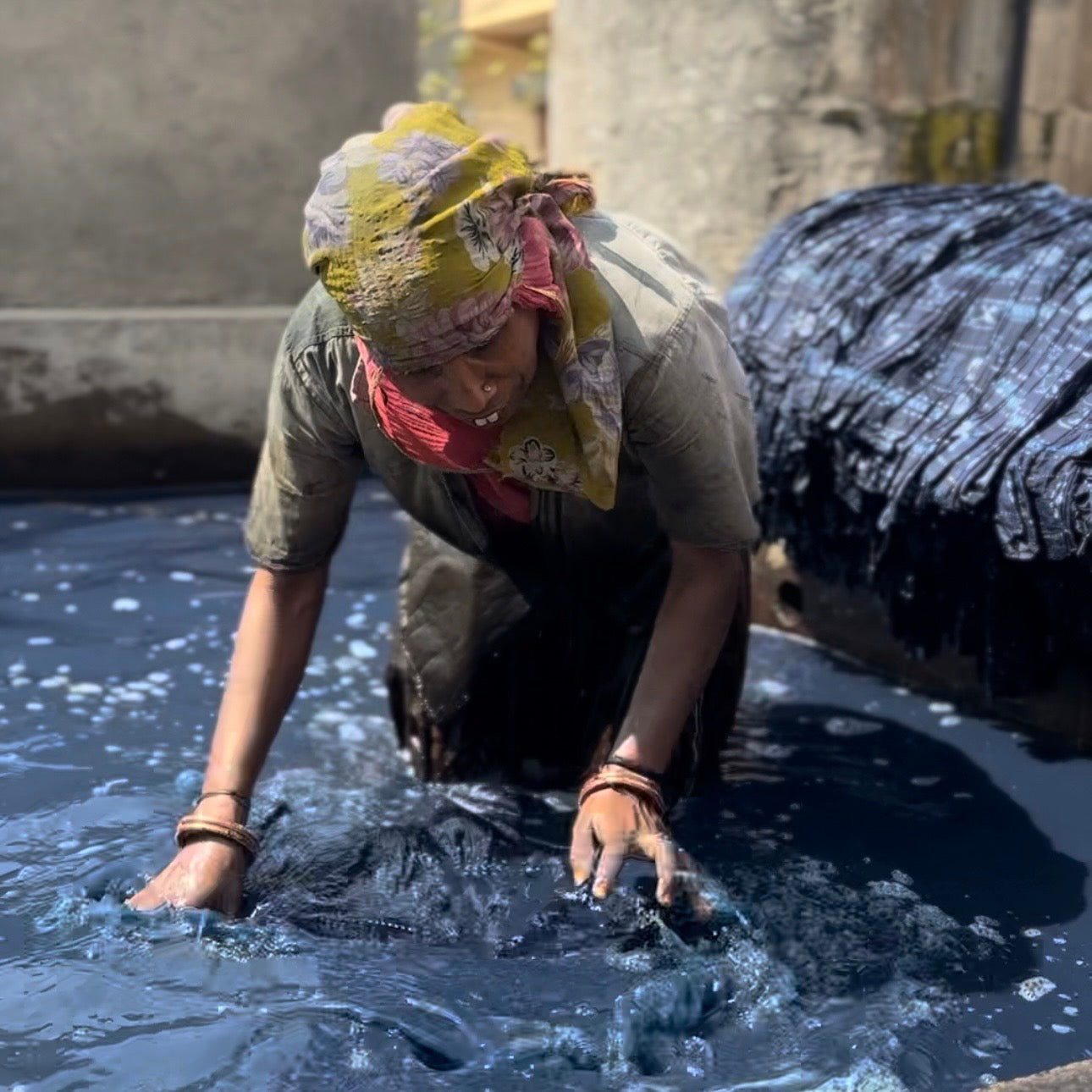
Pernulo
The Pearl
A pearl, derived from the Latin term "Pernulo," is also known as "Margarite," a name rooted in ancient Persian and Sanskrit, which translates to “son of the sea.” These stunning organic gems are primarily produced by pearl-producing shellfish and molluscs. Essentially, pearls are solid masses composed mainly of calcium carbonate, secreted by these creatures as a defence mechanism.
Beyond their captivating beauty, pearls symbolize wisdom and are believed to attract wealth and good fortune, making them treasured by cultures throughout history. In the Hindu faith, pearls are often associated with Krishna, the embodiment of Vishnu, who is the most popular god of Hindu worship. One legend says that Krishna plucked the first pearl out of the sea to give to his daughter Pandaia on her wedding day. In addition, an ancient Indian epic called the “Ramayana” speaks of a necklace of twenty-seven pearls.
Traditionally, pearls have been linked to weddings and are often given as gifts to celebrate a 30th wedding anniversary. Presenting a pearl represents how deeply a couple's love has flourished over the years. This is fitting, as pearls take many years to form within a mollusc, gradually building up layers to become stronger and more resilient over time. In many ways, this mirrors the journey of a marriage, which grows stronger and more enduring as the years go by. The pearl also reflects the beauty and elegance of a lifelong partnership.
Pearl is the only natural organic gem and can be categorised into two different types: natural pearls and cultured pearls. The difference in the names of pearls is due to the different ways of formation. An irritant for a natural pearl is inserted accidentally, while an irritant for a cultured pearl is artificially inserted into the shell.
How to Know Pearls Worth? Here are seven value factors used to judge pearl quality?
- Nacre Thickness: Non-nucleated pearls have a complete nacre layer from the inside out. Our standards require a minimum nacre thickness of 2mm for nucleated freshwater pearls, Edison pearls, South Sea pearls, and Tahitian pearls. Akoya pearls must have a nacre thickness of ≥0.4mm.
- Pearl Size: It affects pearl prices. Sometimes, due to labour costs and supply-demand dynamics, smaller pearls can be more expensive than medium-sized ones. Large-sized pearls are the most expensive due to their rarity.
- Matching
- Luster
- Surface
- Shape
- Colour
to be continued.........



Leave a comment
This site is protected by hCaptcha and the hCaptcha Privacy Policy and Terms of Service apply.